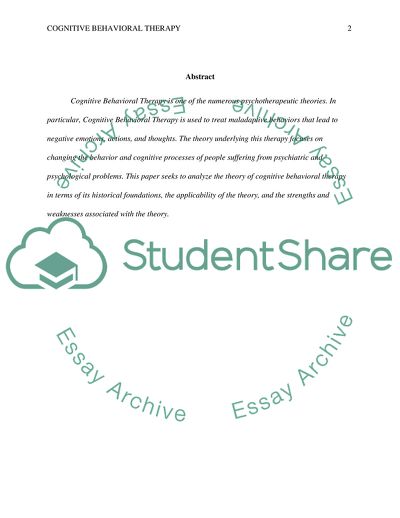Cite this document
(Cognitive Behavioral Therapy Coursework Example | Topics and Well Written Essays - 1750 words, n.d.)
Cognitive Behavioral Therapy Coursework Example | Topics and Well Written Essays - 1750 words. https://studentshare.org/psychology/1831882-cognitive-behavioral-therapy
Cognitive Behavioral Therapy Coursework Example | Topics and Well Written Essays - 1750 words. https://studentshare.org/psychology/1831882-cognitive-behavioral-therapy
(Cognitive Behavioral Therapy Coursework Example | Topics and Well Written Essays - 1750 Words)
Cognitive Behavioral Therapy Coursework Example | Topics and Well Written Essays - 1750 Words. https://studentshare.org/psychology/1831882-cognitive-behavioral-therapy.
Cognitive Behavioral Therapy Coursework Example | Topics and Well Written Essays - 1750 Words. https://studentshare.org/psychology/1831882-cognitive-behavioral-therapy.
“Cognitive Behavioral Therapy Coursework Example | Topics and Well Written Essays - 1750 Words”. https://studentshare.org/psychology/1831882-cognitive-behavioral-therapy.


